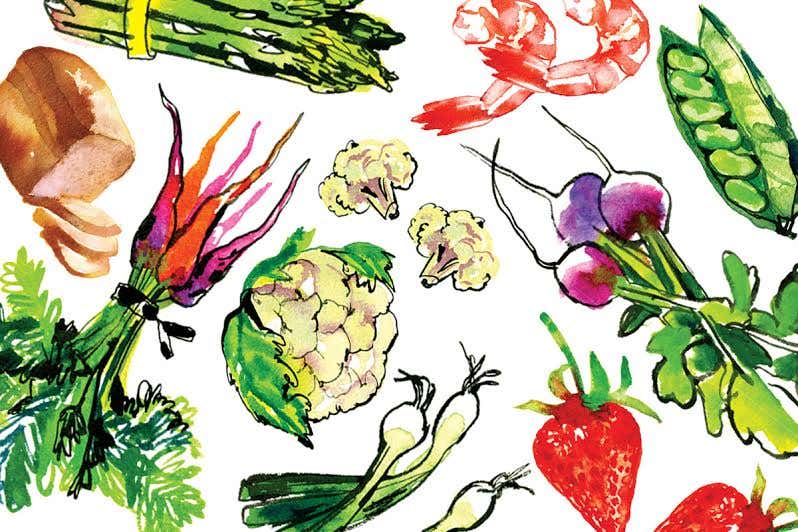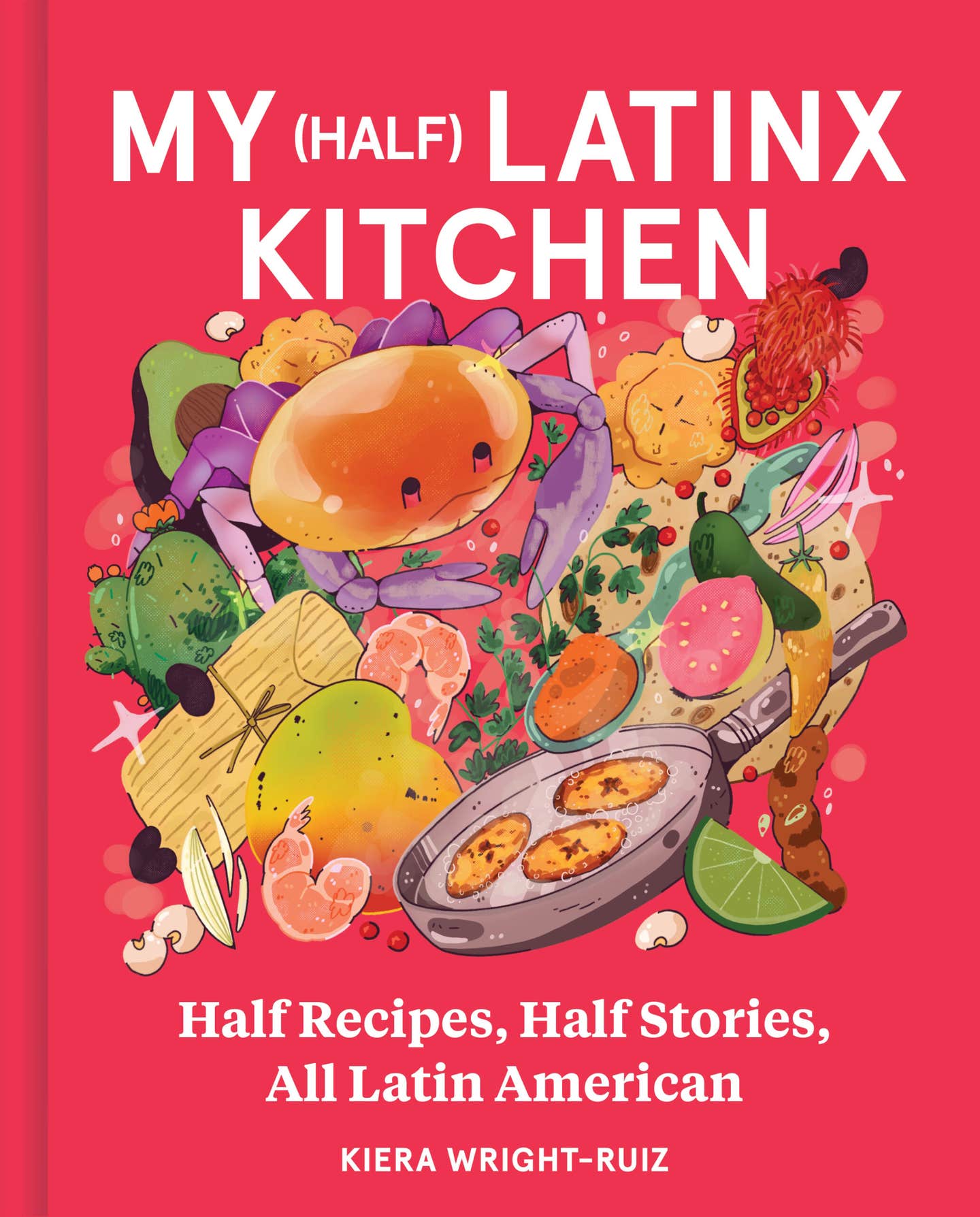
No Ordinary Pig
Budapest welcomes the return of a particularly fat and flavorful hog known as the Mangalica.
In Budapest, where I live, the butcher shops brim with stacks of smoked bacon, cured hams, and paprika-spiked dried sausages. These cured meats have always been delicious, but in recent years they've gotten even better, thanks in no small part to the return of a particularly fat and flavorful breed of hog called Mangalica.
Mangalicas (or Mangalitsas, as they are sometimes known in the United States) are curly-bristled pigs with red and richly marbled flesh that doesn't at all resemble, in look or taste, other kinds of pork. Once the preferred breed among home cooks and butchers in Hungary, the Mangalica is what's known as a "fat-type hog" (the name comes from the Serbo-Croatian term for fatty pig) because of the large, white layer of fat that insulates its stout frame. The breed nearly disappeared in the 1950s when Communist-era pig farmers turned to leaner hogs that produced larger litters. In 1991 there were just 200 Mangalicas left, but a few dedicated farmers started raising them for specialty markets, and populations have bounced back to the tune of some 50,000 last year.
Because of its high fat content, Mangalica pork makes some of the world's most flavorful sausage and salami. The fat allows hams to cure longer, deepening flavor without sacrificing moisture; all that fat also acts as a vehicle for other flavors, like smoke and seasonings. On a recent trip to Vienna (where Mangalica is enjoying a comeback), I tasted Mangalica lardo (also sold there as speck), made from fatback seasoned with rosemary, thyme, dried coriander, and other spices; it had a creamy texture and intense flavor that surpassed those of any other lardo I've tasted. The Mangalica's marbling also makes it ideal for roasting or braising, and fresh cuts like chops and tenderloins are increasingly available in Hungary alongside the cured stuff.
In the United States, where a renaissance of old pork breeds like Ossabaw, Tamworth, and Gloucestershire Old Spot is in full swing, pork lovers are starting to get a taste of Mangalica at farmers' markets and restaurants. Wooly Pigs, a company in central Washington, has 100 Mangalica sows, which owner Heath Putnam brought over from Austria as piglets; it now produces 1,000 pigs annually. Putnam is selling his breeding stock to farmers in California and New Jersey, who have already begun selling to restaurants on the West Coast. The premier Mangalica producer in Hungary, a joint Spanish-Hungarian company named Olmos and Toth, also has plans to import dry-cured jamon made in Spain with the hog's fatty haunches. Some restaurants, like the French Laundry, in Yountville, California, have already started serving Mangalica, and Keith Luce, chef at The Herbfarm in Seattle, is raising his own. If things keep up like this for the breed, Mangalica is bound to become the next big pig.
Keep Reading
Continue to Next Story










